Vastu Shastra, an ancient Indian architectural science, offers guidelines for designing spaces harmoniously in alignment with nature's elements. Its principles aim to promote well-being, prosperity, and happiness. Here's a detailed overview of its core principles:
Five Elements as Per Vastu (Panchbhootas)
Vastu Shastra revolves around the concept of the five elements - Earth, Water, Fire, Air, and Space. It suggests maintaining a balance and proper alignment of these elements within a space to ensure positive energy flow. Each element plays a crucial role in determining the energy balance in your home:
Earth: Stability and support
Water: Purity and flow
Fire: Energy and transformation
Air: Movement and freshness
Space: Expansion and openness
Vastu Directions and Orientation
Vastu emphasizes the significance of directions, with each direction believed to have its own energy characteristics. Proper orientation of buildings and rooms according to cardinal directions is crucial for maximizing positive energy flow and minimizing negative influences. For instance:
North-East: Ideal for Prayer and Meditation Room
South-East: Best for kitchens and Fire(Heat) related activities
South-West: Suitable for skill development and enhancement
North-West: Good for Guest Room and Newly weds belongings
Vastu Purusha Mandala
The Vastu Purusha Mandala is a cosmic energy grid representing the body of a celestial being. It dictates the layout and positioning of rooms within a structure. Each area of the Mandala corresponds to specific functions, such as living, sleeping, or cooking. This cosmic blueprint ensures that the energy flow is optimal throughout the building.
Vastu Balanced Architecture
Vastu advocates for symmetry and balance in architectural design. This includes ensuring proportional room sizes, maintaining symmetry in layout, and avoiding irregular shapes or protrusions that disrupt energy flow. Balanced architecture contributes to a sense of harmony and stability.
Natural Elements and Materials
Incorporating natural elements and materials like wood, stone, and clay is encouraged in Vastu-compliant design. These materials are believed to resonate better with the surrounding energies, promoting a sense of harmony and tranquility. Natural materials also enhance the aesthetic appeal and sustainability of the space.
Importance of Open Spaces
Adequate provision for open spaces, windows, and ventilation is essential in Vastu Shastra. This allows for the free flow of air and natural light, promoting a healthy and vibrant environment within the space. Proper ventilation helps in maintaining air quality and freshness.
Decluttering and Cleanliness
Vastu stresses the importance of decluttering and maintaining cleanliness within living spaces. A clutter-free environment is believed to facilitate the smooth flow of energy, while cleanliness promotes physical and mental well-being. Regular cleaning and organizing can significantly enhance the positive energy in your home.
Color and Décor
Color choices and décor play a significant role in Vastu-compliant design. Certain colors if used in their Vastu recomended directions are believed to have specific effects on mood and energy levels. For example:
White: Purity and peace
Green: Growth and harmony
Blue: Calmness and tranquility
Red: Energy and passion
The placement of décor items should be thoughtfully considered to maintain harmony. Avoid placing heavy items in the center of the house, as it can block energy flow.
SUMMARY
In summary, Vastu Shastra offers a holistic approach to architectural design and spatial planning, focusing on harmonizing individuals with their surroundings to promote overall well-being and prosperity. By adhering to its principles, one can create spaces that foster positive energy flow and support a balanced and fulfilling lifestyle. Implementing Vastu Shastra in your home can lead to a healthier, happier, and more prosperous life.





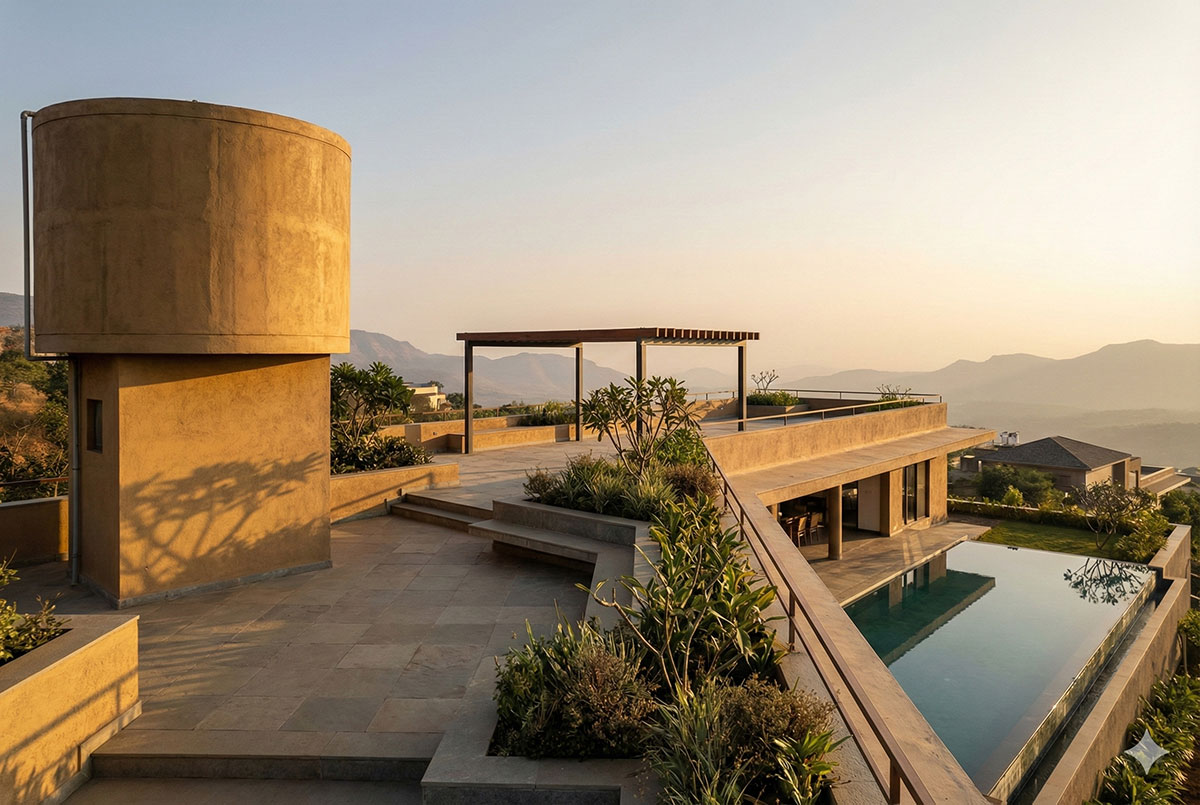
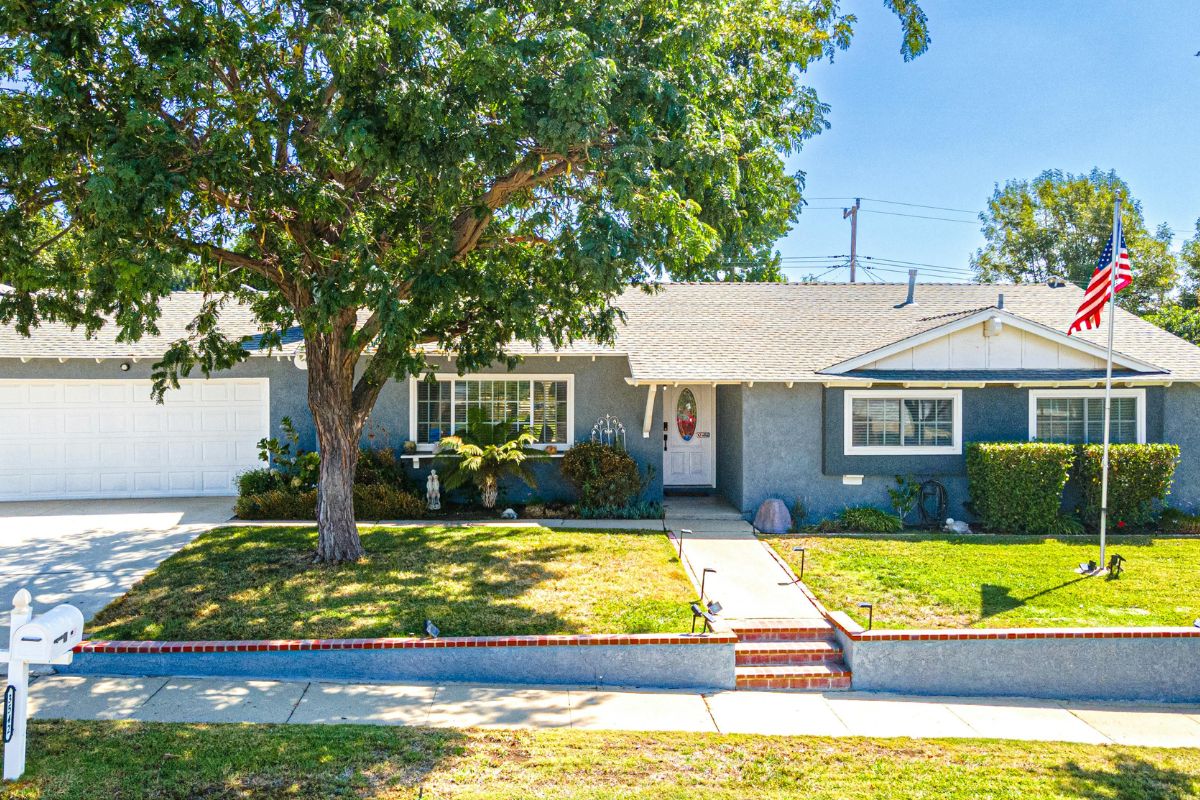
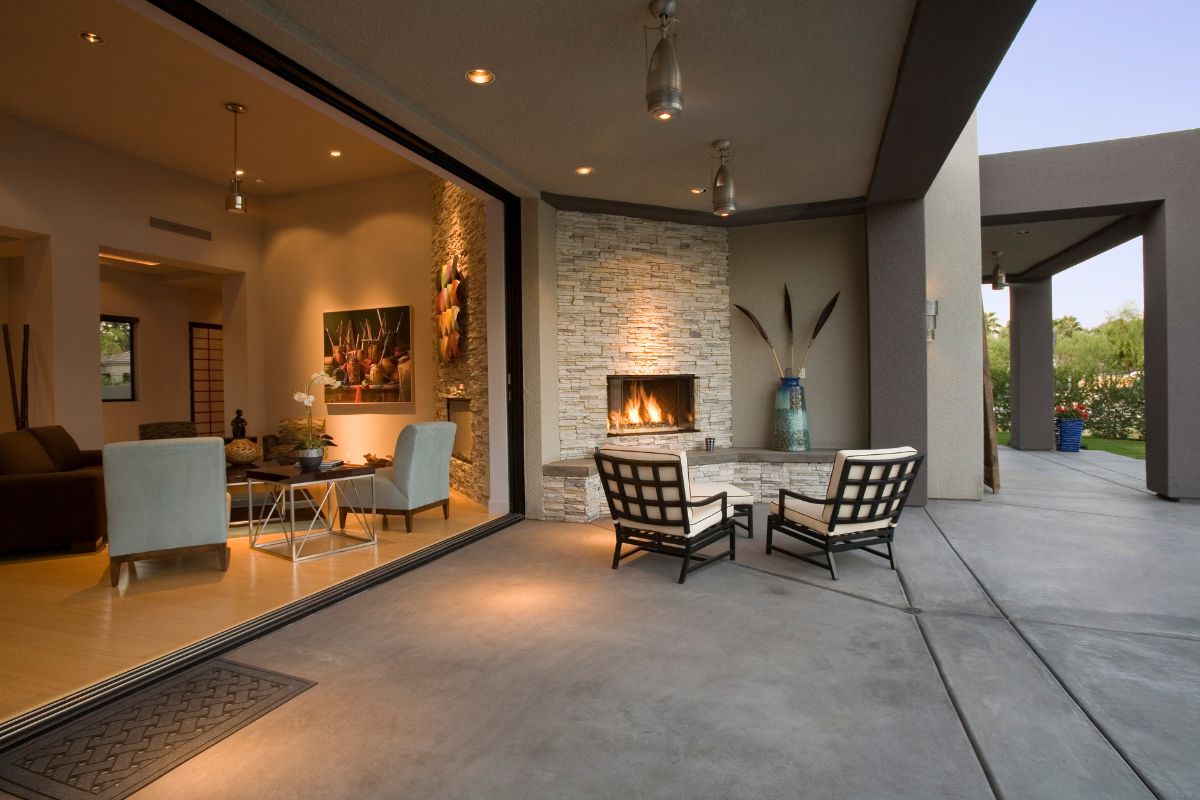

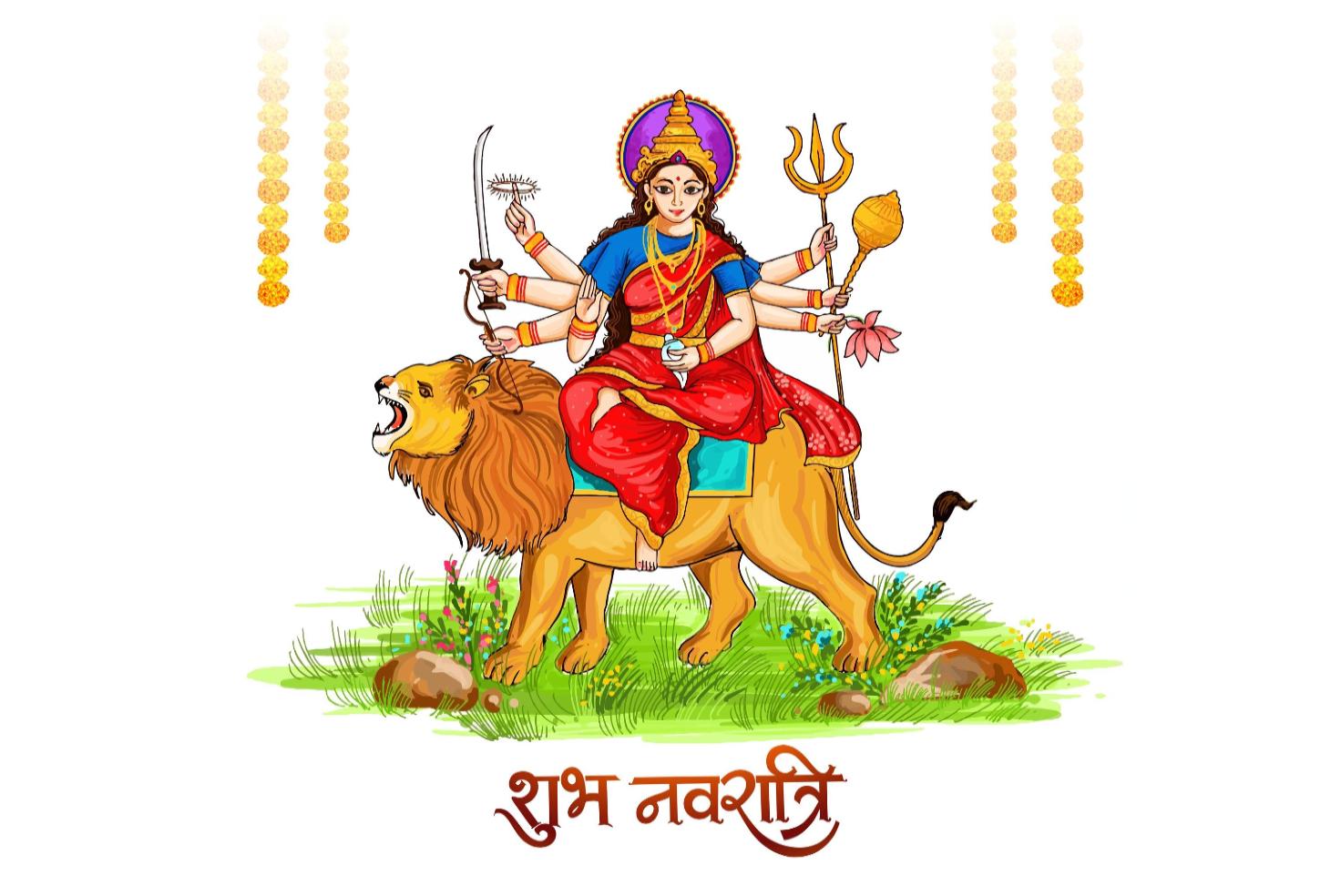

.jpg)

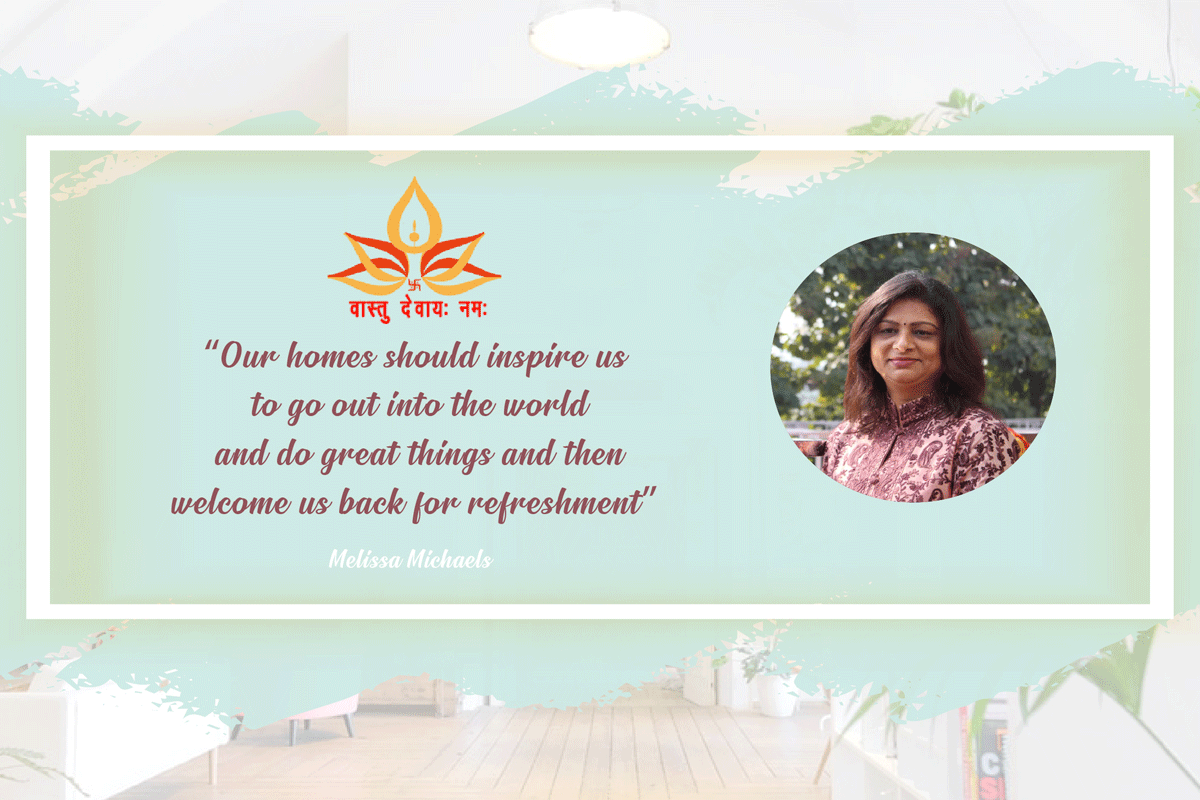
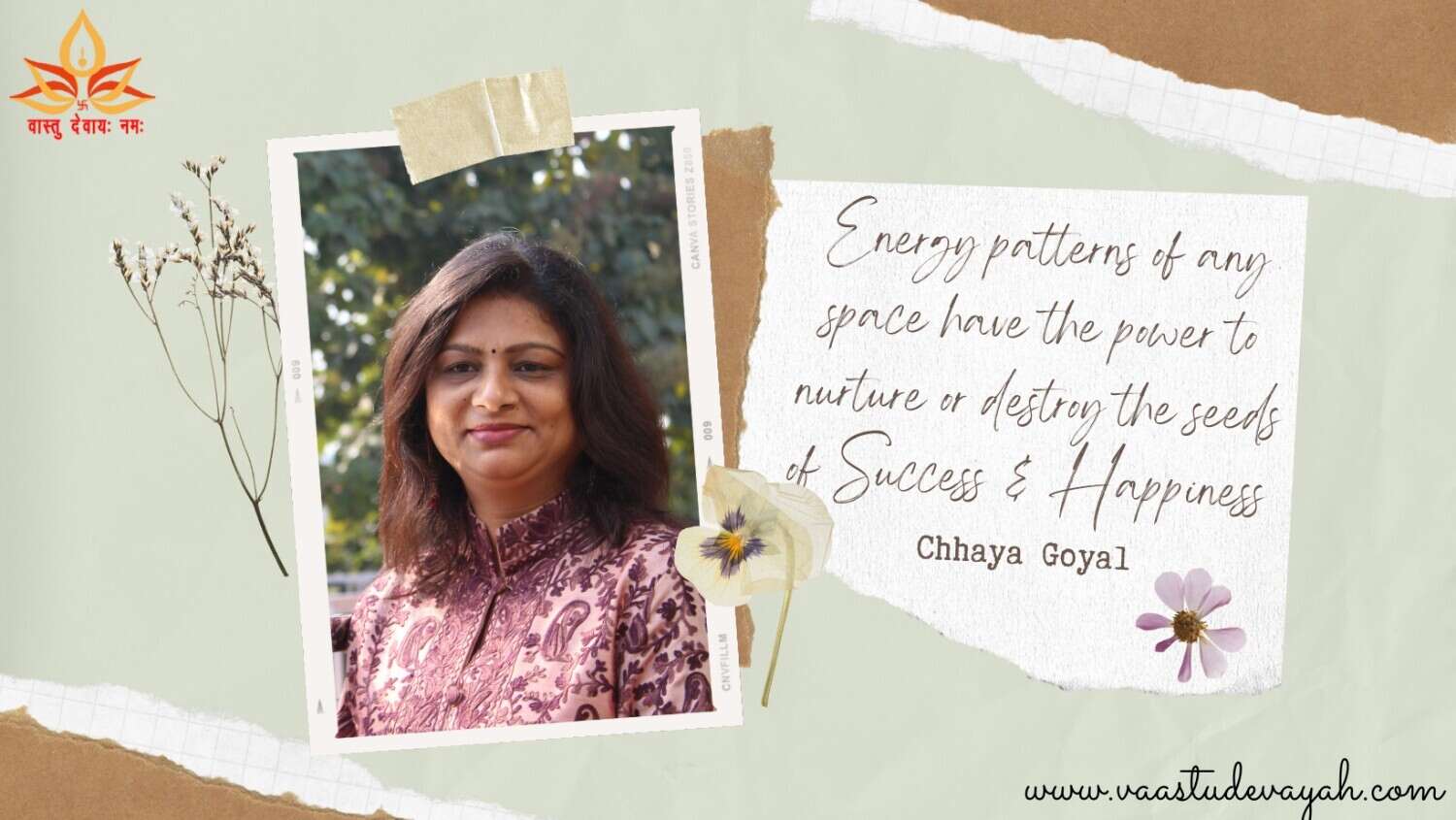



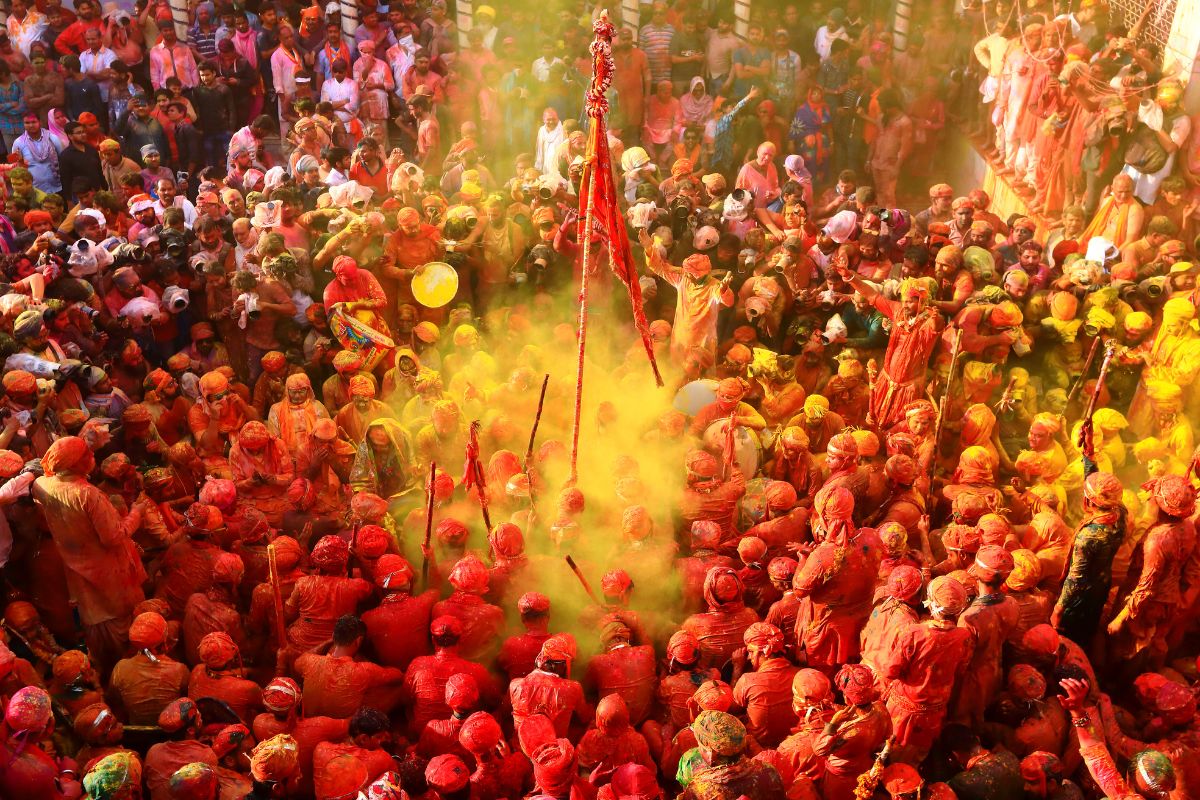


Write a Comment